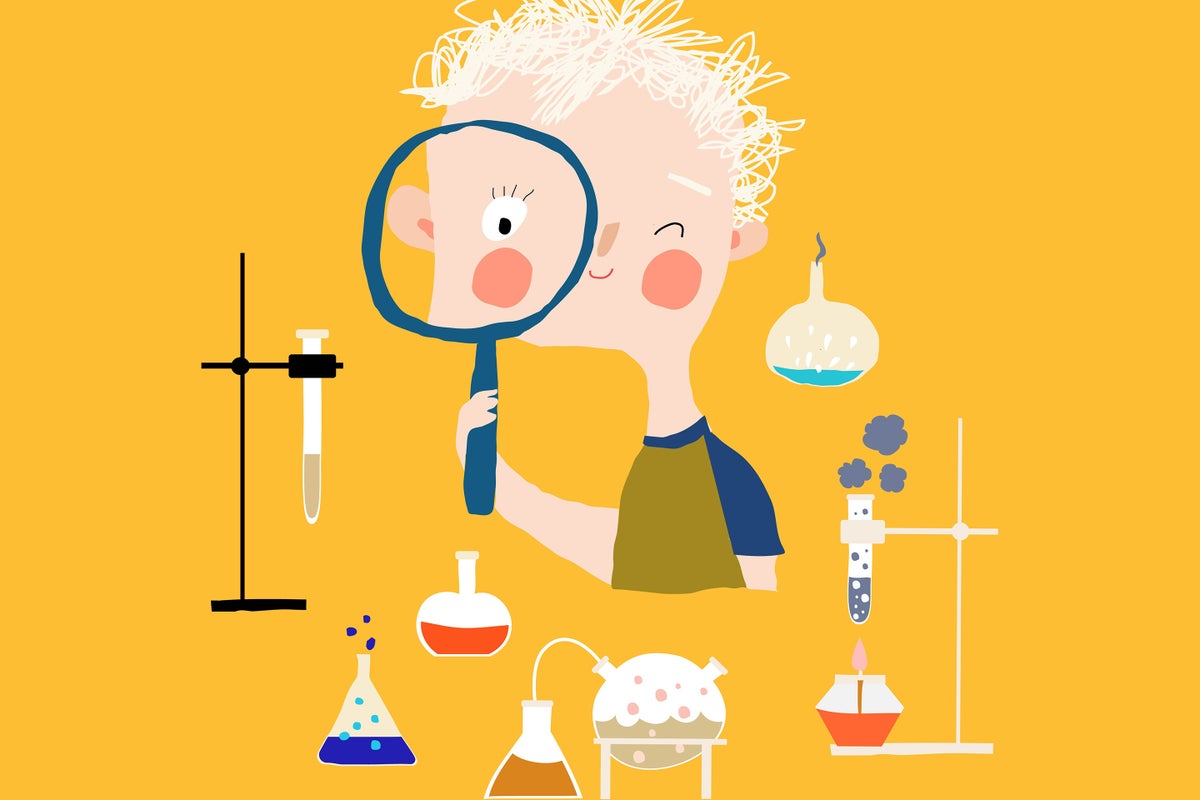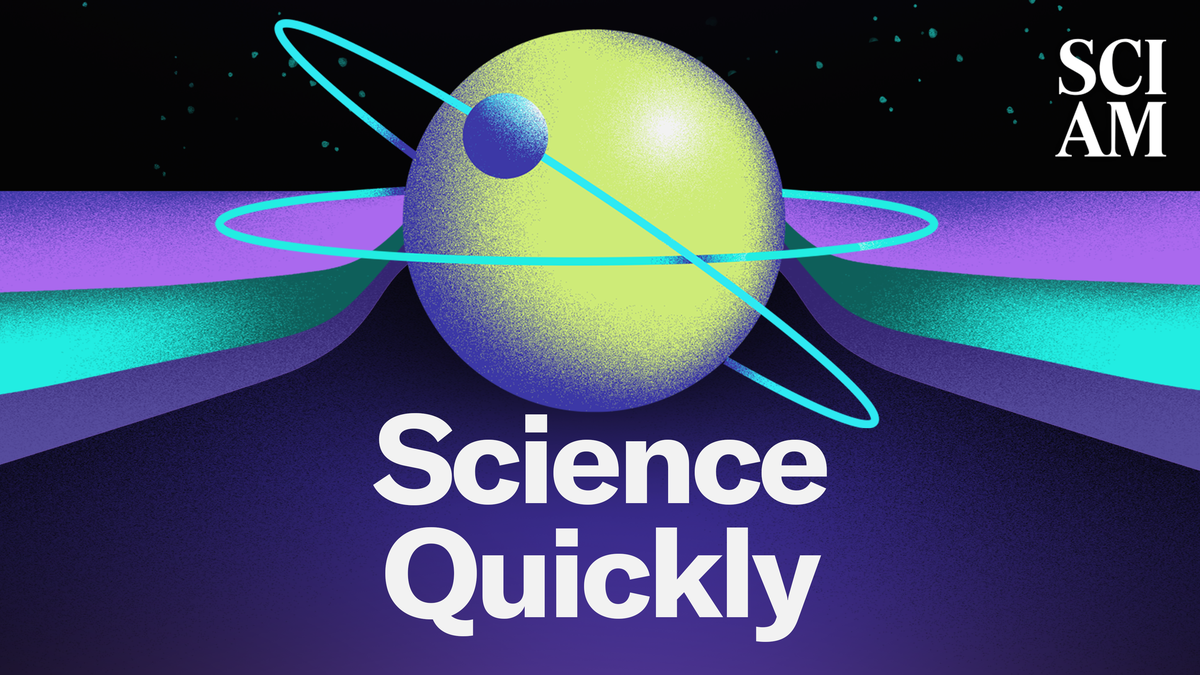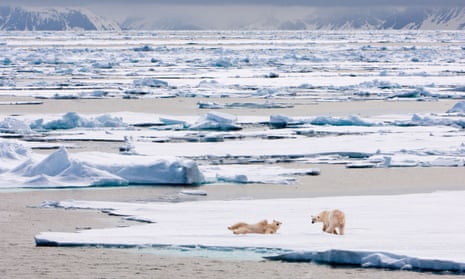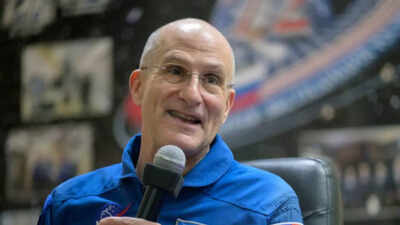The Impact of Language on Children's Science Engagement

As children mature, their understanding of science and the concept of being a scientist evolves significantly. The language that adults use plays a crucial role in keeping children engaged and curious about the world around them.
One of the most delightful aspects of parenting is witnessing children as they discover and engage with the world around them. Their innate curiosity often leads to moments of wonder as they interact with even the simplest objects and ideas.
For instance, a parent might ask their toddler, Whats that in your hand? Is ita ball? Do you think it will roll down this hill? Such interactions often elicit shouts of excitement as the child explores the scenario. This dynamic is a clear demonstration of science in actionmaking observations, testing hypotheses, and pursuing further questions.
However, as children grow older, many parents notice a decline in their child's enthusiasm for exploring the world. They often become less inclined to delve into the underlying why of phenomena, leading to a decreased interest in science. What causes this shift?
Several factors contribute to this phenomenon, but research conducted by scholars in the field indicates that a surprising element may be the subtle language cues children encounter. These cues arise not only from parents but also from media exposure and educational settings that frame science as an identity rather than a dynamic process. Many children start to perceive science as an activity restricted to certain types of individuals, diminishing their willingness to engage.
The typical phrases adults might use include, Lets be scientists today! to encourage curiosity or Youre such a good scientist! to praise their childs efforts. However, this type of identity-focused language can inadvertently dampen motivation. For instance, studies show that girls, even as young as four, are more likely to persist in science activities when prompted with Lets do science instead of being told, Lets be scientists.
This difference arises from the images and stereotypes children associate with the term scientist. Often, they envision a (white) male figure, which can lead those who dont identify with that stereotype to disengage from science-oriented activities. Furthermore, the misconception that being a scientist requires extraordinary intellectual abilities, often believed to be possessed by certain groups, can further exacerbate this disengagement.
Interestingly, these stereotypical beliefs about science and its practitioners begin to emerge quite early. By the time children reach the first grade, many girls express a reduced interest in fields like computer science and engineering. When asked to illustrate what a scientist looks like, children are inclined to depict men, although this trend has seen some improvement in recent years. This kind of stereotyping can accumulate, leading to stark disparities later on; for instance, high school girls who excel in science may be less likely to pursue STEM majors compared to boys with significantly lower abilities.
The bright side is that the same linguistic cues that have been shown to decrease interest can be harnessed positively to boost engagement with science. When science is framed as a series of actions, childrens interest and motivation to engage with scientific endeavors tend to persist over time. Research indicates that students whose teachers emphasized action-oriented language, such as lets do science, were more likely to remain engaged in science-related activities compared to those exposed to more identity-focused language.
Now you might be thinking, Ill just concentrate on promoting the actions of science! This strategy is beneficial, especially as children transition into adolescence and young adulthood. Yet, during adolescence, children begin to explore and solidify their identities. While identity-focused language may not be effective for young children, it can actually motivate teenagers. For example, framing a future identity (like scientist or doctor) has been shown to encourage middle school students to complete more assignments and achieve better grades. Teens who envision themselves as scientists may be more inclined to undertake the necessary steps to become who they aspire to be.
Ultimately, parents desire for their children to love learning, exploring, and figuring things out independently. These activities are not just enjoyable; they are also fundamental components of the scientific process. Fostering these actions in younger children can help them tackle challenging tasks and lessons. As they mature and begin to consider their potential identities, emphasizing future roles that depend on science could be instrumental in maintaining their interest in the field.
The interaction between these two styles of languageaction-oriented and identity-focusedremains an area for further investigation, presenting an exciting opportunity for future researchers and educators to explore. Perhaps this presents a chance for you to engage your budding scientist in some scientific inquiry of their own.
This article serves as an opinion and analysis piece, and the perspectives expressed are not necessarily reflective of the views held by Scientific American.


























